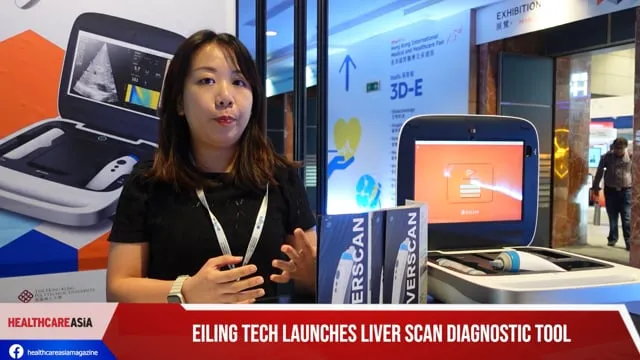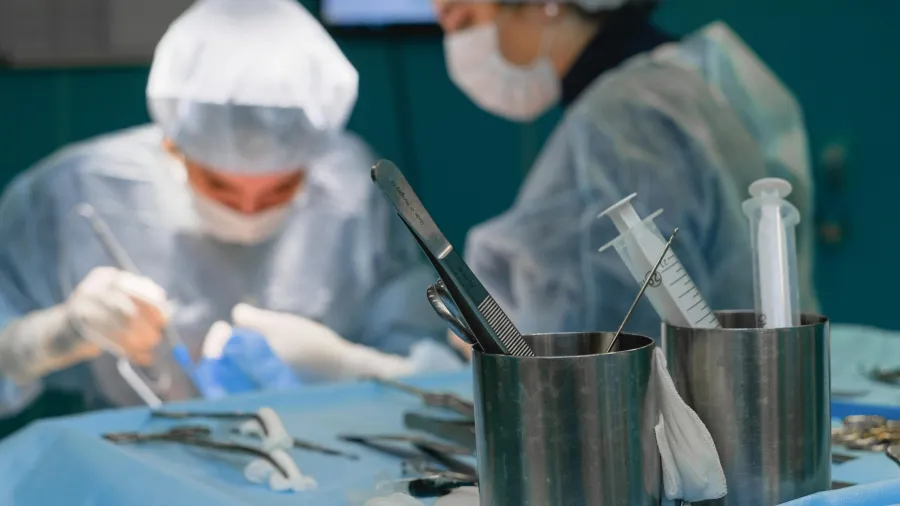
Tech strips the scare off spine surgeries
Tan Tock Seng Hospital applies advanced surgical procedures that allow patients to walk the day after operation.
No one in this day and age should be afraid of getting a needed spine surgery because innovations have made these operations a lot less risky than before. As an expert surgeon puts it, spine surgeries have less than a 1% chance of complications.
“The expertise of spine surgery has evolved significantly,” Dr. Jacob Oh, head of Spine Surgery at Tan Tock Seng Hospital, told the audience at the Healthcare Asia Summit 2024 in Singapore last 25 March. “We now live in the golden age of spine surgery because of these things: technology, techniques, and knowledge.”
Citing an example, Oh said that in the 2000s, an open surgery was conducted on a lady who had a fracture that impacted her spinal cord. Back then, the patient needed a long incision and had to be hospitalised for a long time, he recalled.
But with today’s technologies at play, Oh said a patient with the same case would go through a whole new procedure that would require only a five-centimetre incision and a day to get back on her feet.
“This is what normally happens on Day 2: She’ll be standing, with minimal blood loss, and she’s recovering well. In general, she won’t need to go to the ICU (intensive care unit), and there’s minimal pain,” assured Oh, even if the procedure entails the placement of percutaneous screws.
An actual patient who had two small incisions was even able to walk four hours after the operation and sent home within 24 hours.
According to Oh, one of the innovations that enhanced the conduct of spine operations is the intra-op computed tomography (CT) scanner, which acts like a global positioning system (GPS) that helps surgeons better navigate the subject area.
This technology eliminates the risk of hitting critical spots like the aorta when placing a screw using freehand, he said.
“Since we’ve used navigation for the last 10 years, our experience is that [with] more than 2,000 screws, we’ve got less than 1% breach rate,” Oh said. “And there’s a zero return to OT (operation theatre) for malpositioned screws.”
Oh said robots have also played an important role in improving spine surgery procedures. Aside from allowing surgeons to plan prior to the procedure, he said robots also assist doctors in accurately placing a screw during the surgery itself.
Through robotic surgery, surgeons get the desired outcome they want based on their plan, Oh said. “So by using a combination of navigation and the robotic software to plan and take you to the correct trajectory, you're going to increase your accuracy and precision so much more,” he said.
ALSO READ: SGH and NNI study reveals connection between scoliosis and brainstem
Whilst different advancements have helped improve the conduct of spine surgery, Oh emphasised there is still a need for a multidisciplinary collaboration to promote spine care as a whole in Singapore.
He called for collaboration with partner organisations, and working together with health authorities.
“Vertical integration is where we work together with MOH and population health,” he said. “We can engage every facet of spine care rather than spine surgery alone.”
By doing so, Oh said Singapore will be better equipped to look after spine care patients in the city-state.
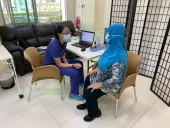

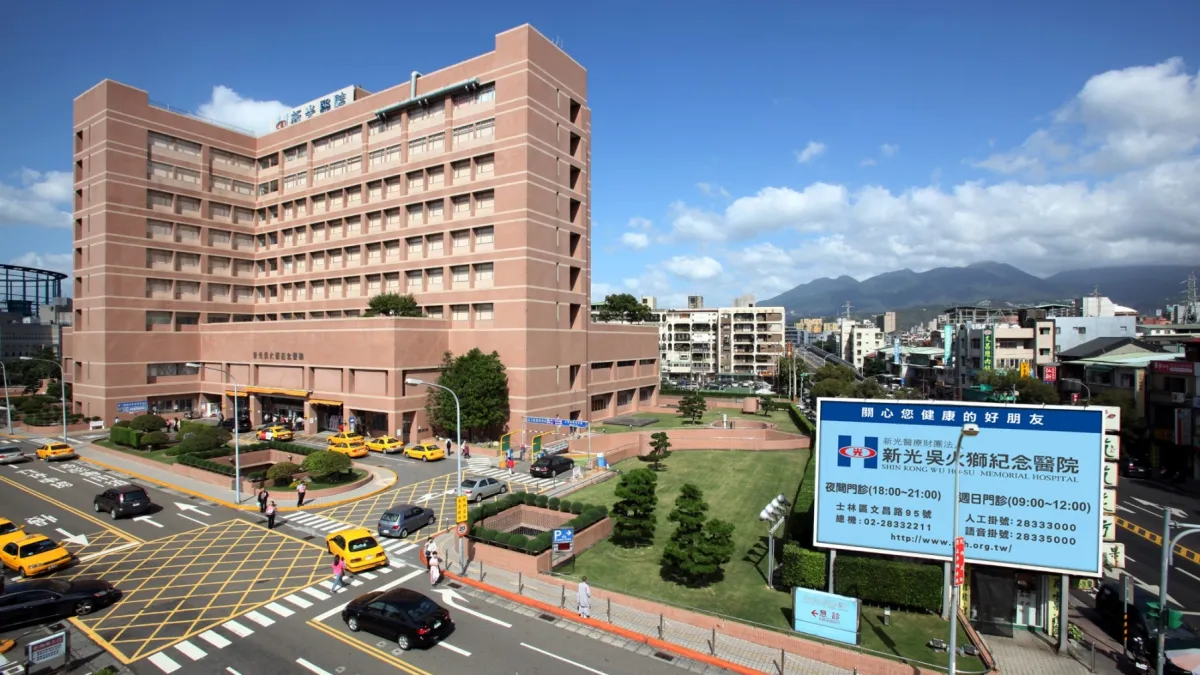


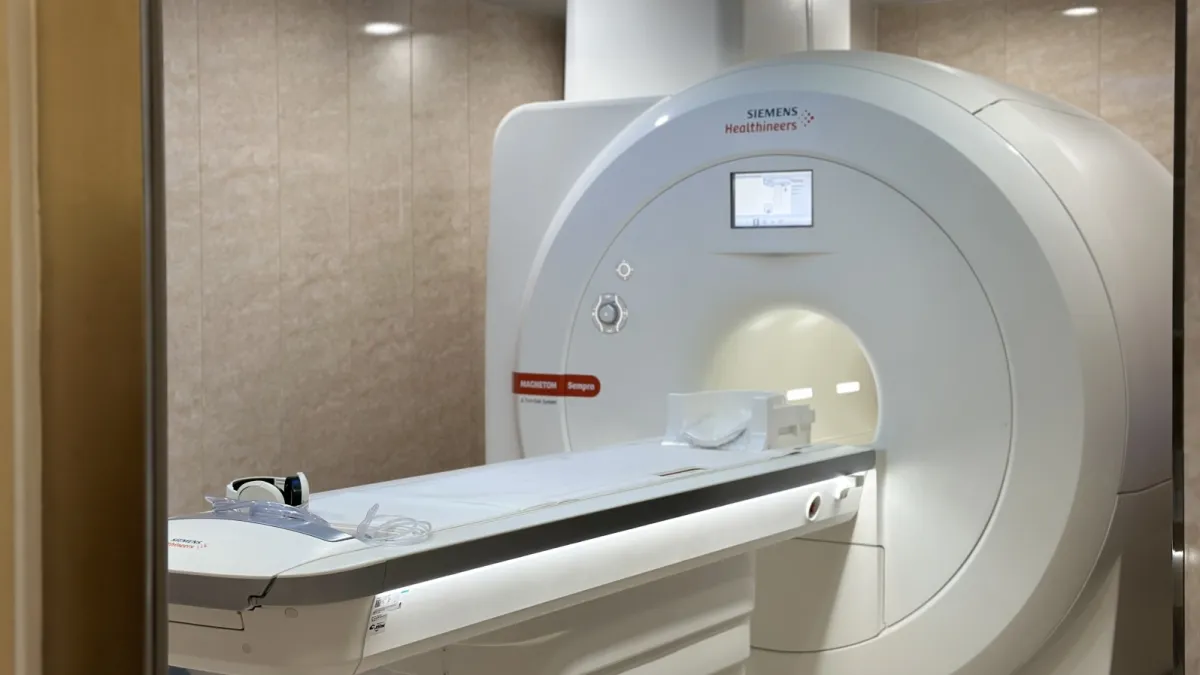
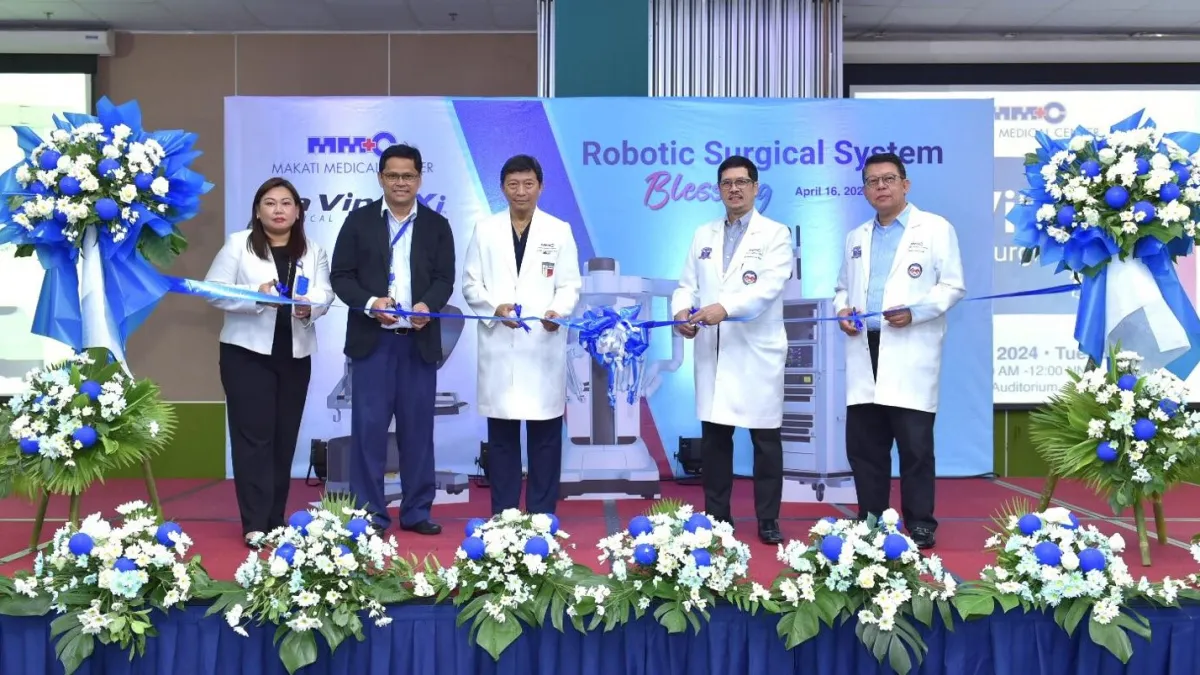






 Advertise
Advertise






